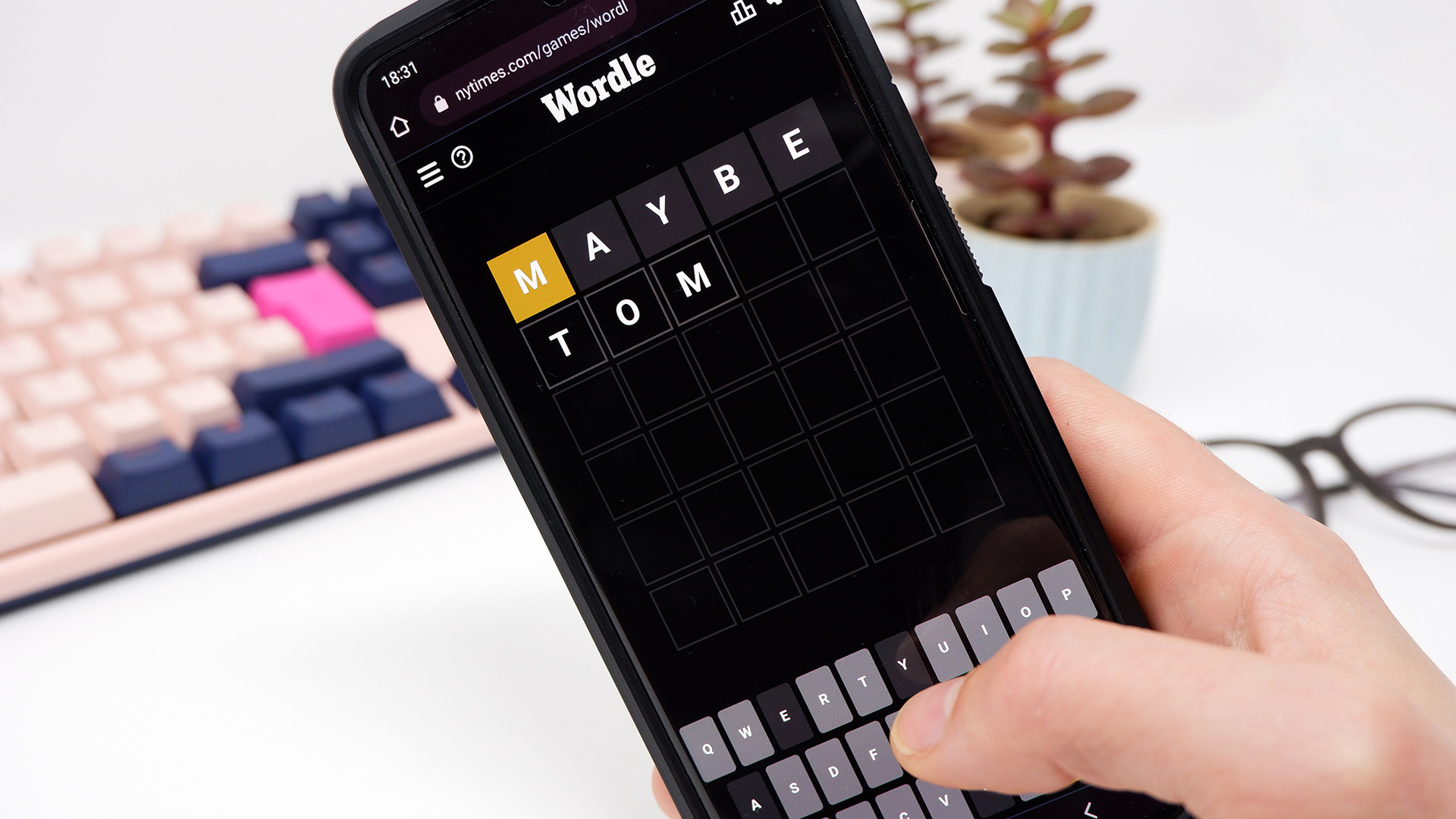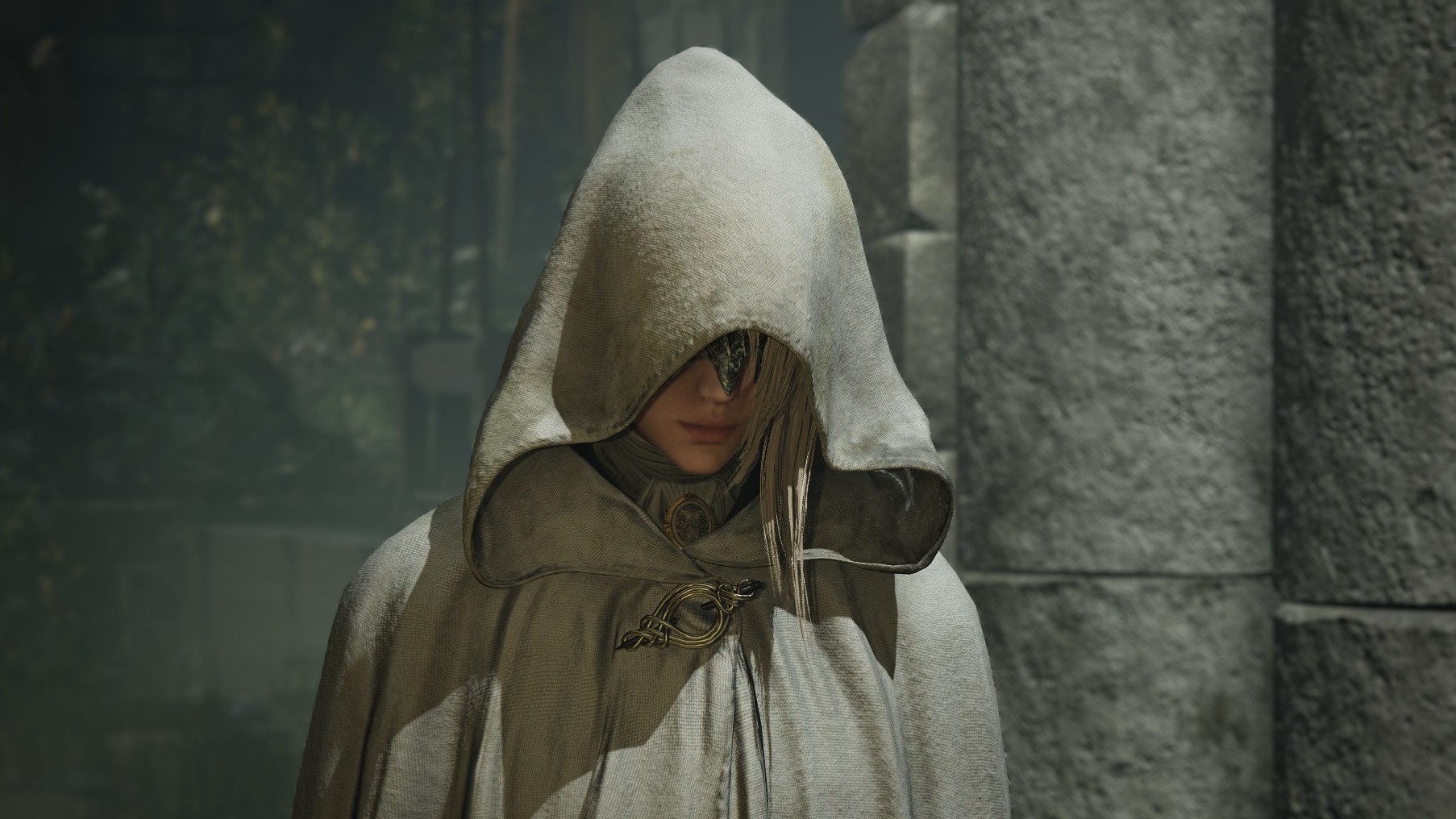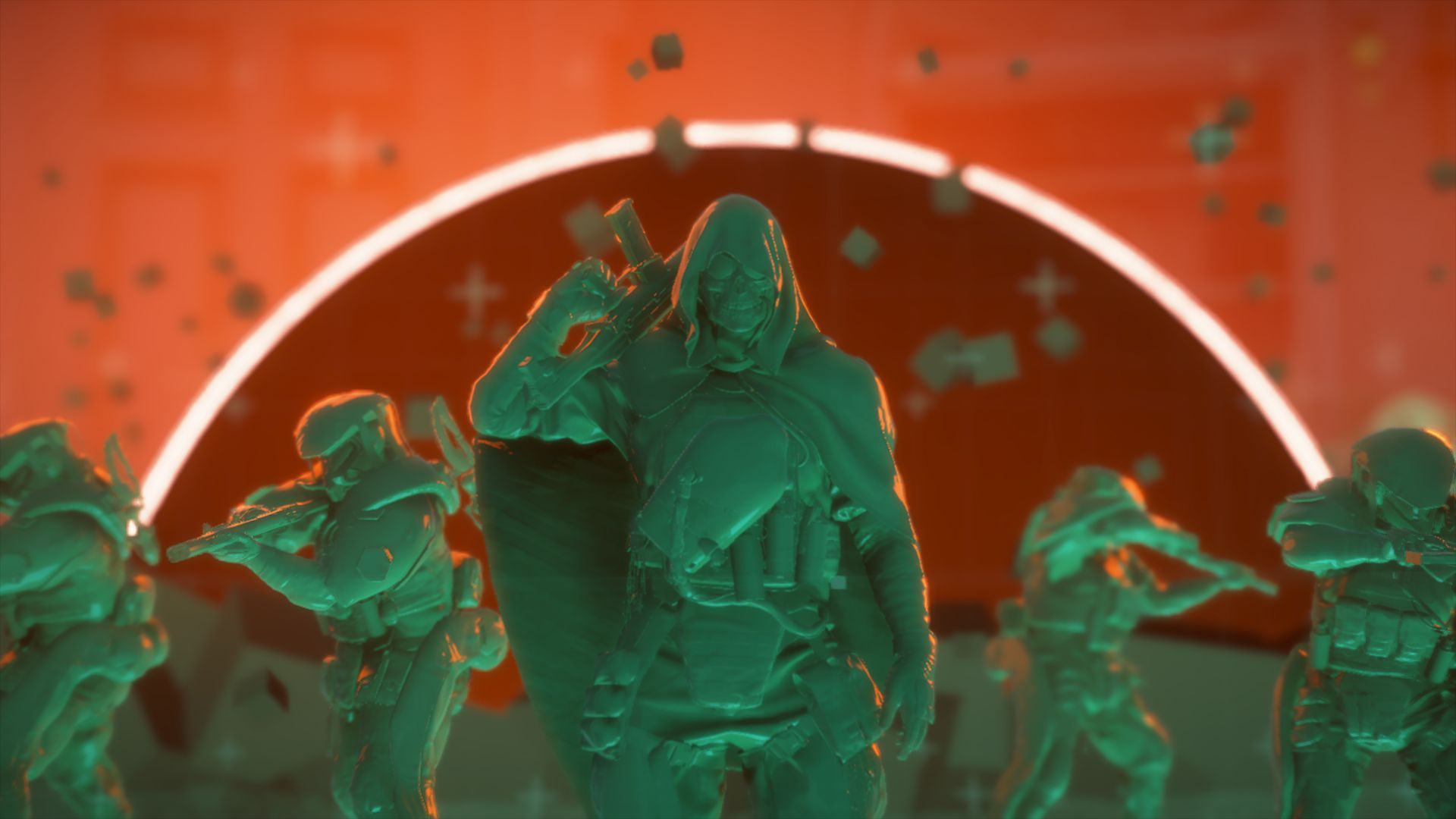
Going down the cursed checklist, Unholy certainly has enough elements to make for an absorbing horror adventure: it casts you as a desperate and vengeful main character, pits you against a malevolent religious cult that must be infiltrated and overcome, and arms you with a suite of emotion-fuelled special powers in order to get the better of every guard and ghoul who stands in your way. Unfortunately, like trying to crucify someone on a cross made of cardboard, Unholy’s execution just doesn’t hold up. Unresponsive controls, erratic AI, and frustrating instant deaths make for a seven-hour journey that regularly feels about as much fun as a spot of self-flagellation.
Young mother Dorothea wants to escape the grip of a religious cult known as Spring of Eternity, but there’s just one problem: the church’s high priest has snared the soul of her son Gabriel and fled our mortal realm to a cathedral deep in the heart of a supernatural underworld known as Eternal City. With a wizened old crone she meets up with in her father’s apartment building acting as her spiritual guide, Dorothea is able to cross over to this perpetually gloomy netherworld via an arcane ritual, and it’s here she must conquer a disappointingly modest variety of grumpy armoured guards and twitchy zombie types in an effort to rescue her only heir.
Unfortunately, like trying to crucify someone on a cross made of cardboard, Unholy’s execution just doesn’t hold up.
The landscape of Eternal City itself isn’t too far removed from the real world, it’s just darker and a lot more of it is on fire. Having said that, there’s clearly been a lot of care put into crafting Unholy’s underworld, with disgusting, tendril-covered subway tunnels to make your way around and streets lined with eerie, candle-lit tributes to the dead to crawl through. Unholy’s apocalyptic environment is by far its strongest attribute, so it’s disappointing that everything that happens there so shamelessly lets it go to waste.
Emotion Controls
Dorothea’s plight is an emotional journey in more ways than one, because in the realm of Eternal City human feelings can be harvested from corpses in the form of coloured orbs that can be used to your advantage – at least in theory. When loaded into Dorothea’s supernatural slingshot, ‘anger’ can be blasted into breakable elements in the environment, ‘shock’ becomes literal bolts of electricity that can fry power circuits from afar, ‘sadness’ serves as smoke bombs to break your enemies’ line of sight, and ‘desire’ can be used as a temporary distraction to lure guards away from their patrolling paths. It’s a shame that my regular feelings of frustration couldn’t also be loaded into Dorothea’s slingshot, because I would have been blessed with infinite ammo during almost every enemy encounter – particularly in Unholy’s latter half.
You see, the problem is that Unholy’s enemies are only momentarily stunned by any of Dorothea’s attacks head-on. The only way to dispatch an assailant is by maneuvering them near an explosive barrel or electrical trap, shooting it, and then hoping that they get collared by the collateral damage. Should you miss, or indeed should the enemy somewhat illogically survive (as was often the case during my playthrough) then you leave yourself open for a one or two-hit kill counterattack that will dispatch you faster than an Amazon delivery, returning you to a checkpoint that typically feels noticeably further back than it should be. Unholy could have perhaps benefited from the inclusion of a melee attack to buy you a bit of breathing space, especially since the way you have to manually shuffle through each ammo type rather than quick-select the one you want makes changing your strategy when cornered substantially more cumbersome than you’re probably used to from other games.
Evading enemy assaults might not have been so bad if Dorothea was even remotely fleet-footed, but unfortunately she moves with all the urgency of a child who’s just been told to brush their teeth. She also gets stuck on pieces of the environment that she shouldn’t, and then often fails to cling to the climbable surfaces that she should be able to grab. It doesn’t help that enemies have the tendency to block your only exit from an area, shuffling around in a circle like they’re the last drunken guest on the wedding reception dance floor, with no way of moving them if you’re fresh out of desire orbs.
Even when I did manage to stumble my way to the safe haven of a locker to hide in, I could never be certain if my pursuer would instantly ignore me and return to their post, or wait patiently outside until I was eventually forced to exit the locker and resume the clumsy chase. Unholy’s largely passive arsenal forces you to adopt a stealthy approach more often than not, which would be fine except that rarely do its stodgy stealth mechanics feel reliable enough to make for an enjoyable sneak through the shadows, particularly against the larger groups of ghouls in its latter half.
Masking Up
As it turns out, there’s a plague running through Eternal City that’s killing all its residents, so it makes sense that Dorothea is told to mask up upon entry. However, this is no surgical-grade N95 shield, but rather a mystical veil with special vision modes that can be toggled on to reveal interactive elements in the world like collectibles, explosive barrels, and the ubiquitous lockers. It can be further upgraded over the course of the campaign to serve as an actual gas mask to prevent Dorothea from perishing in poisonous gas clouds, and eventually as a sort of thermal vision to detect the late-game demons that are otherwise entirely invisible. These are each useful for the most part, although strangely you can’t activate any of these mask modes while you’re operating Dorothea’s slingshot, which makes trying to lure an invisible enemy into a trap an annoyingly approximate task.
Dorothea’s mask does have one additional benefit, though, in that it also conceals her stiff facial animations during cutscenes. Still, it can’t hide her wooden line delivery and charmless attempts at sarcasm, and nor can it prevent her from hyperventilating for comedically lengthy periods at a time even well after she’s out of harm’s way. It’s almost as if Dorothea’s gasping and Unholy’s swelling soundtrack is trying a bit too hard to convince you that your situation is scarier than it actually is. In fact, a few hours into Unholy I got so sick of her umpteenth asthmatic episode huffing through my headphones that I hopped into the pause menu and muted her persistent breathing sounds for good.
I was especially grateful for that option, since elsewhere in Unholy there’s not a hell of a lot of meaningful choices offered. A tacked-on upgrade system sends you sniffing around for special mementos from Dorothea’s past – like a pair of her mother’s sunglasses or one of Gabriel’s letters to Santa – which can be exchanged at special shrines for seven different skill buffs, but few of them make a tangible difference to your approach. Unlocking the ability to carry more than three of each slingshot ammo type is one genuinely handy exception, but I never found a compelling use for Dorothea’s running slide move aside from the initial dash through a timer-based gate that served as the ability’s tutorial.
It’s a shame that my regular feelings of frustration couldn’t also be loaded into Dorothea’s slingshot, because I would have been blessed with infinite ammo
In fact, there are a lot of elements in Unholy that are introduced and then quickly forgotten. Early on I was able to use a smoke bomb to confuse a motion detector in order to bypass a locked door, but I never found any such similar instances of circumventing security ever again. Likewise, a lantern-toting banshee enemy that emits a high-pitched scream to alert patrolling guards to your presence is featured in precisely one area in the entire adventure, which is a shame given the number of different enemy types I came across in total can be counted on one hand, and none of them are particularly frightening to encounter unless you count the cheap jump scares when the invisible enemy types suddenly appear inches in front of your face.
Puzzles, too, are equally lacking in variety, and never become much more stimulating than solving combination locks or swiveling dials on sealed trunks. Though to be fair, neither seem as redundant as the way Unholy will often require you to spend a precious anger orb in order to shoot the breakable lock on a crate… purely so you can collect another anger orb that’s revealed to be inside it.
All of Unholy’s sins may have been partially forgiven if the plot had been worth the struggle, but unfortunately the payoff for reaching the heart of Eternal City is underwhelming to say the least. It certainly didn’t help that I found Dorothea’s personality too obnoxious to ever really warm to, and so her ultimate fate and that of Gabriel hit me less like a slingshotted shock orb and more like a damp squib. On the upside, I had been dreading the idea of having to endure the unwieldy combat against a potentially tough endgame boss, but thankfully the final encounter is kept within the stress-free confines of a non-interactive cutscene – which would have been a disappointing way to conclude a better horror game, but here it felt like a small mercy.




